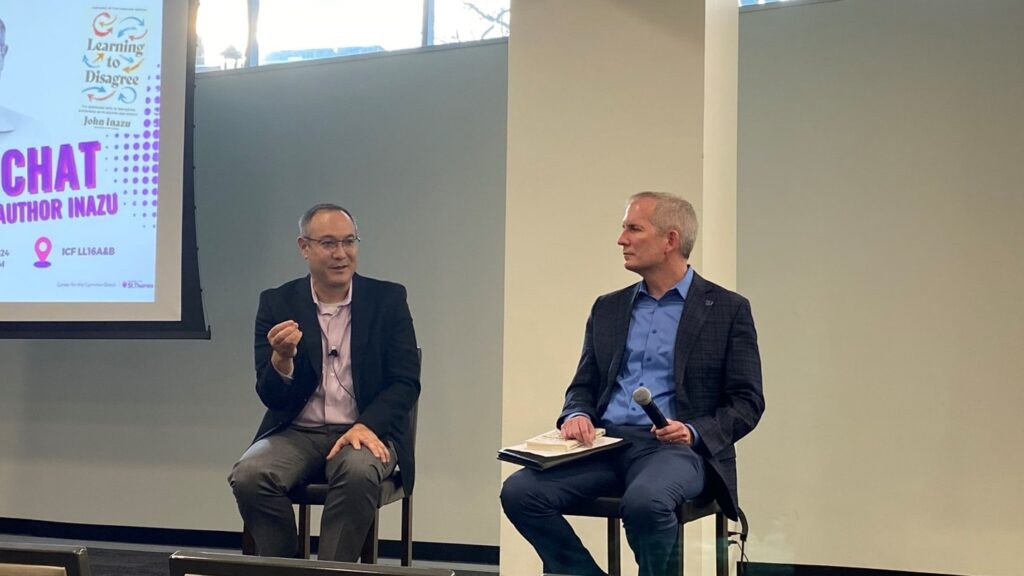The increasing use of inflammatory speech and action to generate public attention in the current mass media, social and otherwise, is troubling. Maybe I’m just too old school, but generating solid positive visibility through substantive news always seemed to work well at delivering consistent positive visibility.
Part of me aches when public voices literally threaten to do something, like block an unrelated event with a protest march, simply to generate public attention. Equally painful are the constant and escalating taunts, epithets and mocking of public figures in order to get airtime. Not sure this works? Note that Donald Trump has spent no money to date on campaign ads, but generates unmeasurable numbers of media impressions through constant news coverage.
In fairness, some measure of guilt goes to traditional media, since less of this would be highlighted and reverberated through social media channels if the professionals never covered it in the first place. But here we are.
If media relations is the match that sparks the flame, the choice of how to use it is the practitioner’s – that’s strategy.
For some the “strategy” involves wandering around lighting and throwing matches. Most blow out before hitting the ground. A few stay lit and occasionally foster a small, confined blaze that burns out quickly before drawing much attention.
Others have watched the process long enough to play out the same game, but choose to wander in areas that catch fire more easily. For these folks, an occasional grass fire scorches its way for a while, billowing some smoke and briefly calling attention to the flames, but often these fields are outside the view of the real audience. So, those who are practiced in this method eventually stick to fields that are both conducive to flame and visible to their target.
Our friends who use inflammatory tactics know very well the best places to create highly visible blazes. Because of this, the strategy evolves to creating the opportunity to toss out matches in those places, followed immediately with whatever potent fuel is available. No care or thought seems to be taken in what value or damage may be left in the aftermath; the focus is completely on kindling the largest fire while the attention has been turned that direction. The problem with this approach, figuratively and in reality? Sooner or later the damage goes beyond the terrain and blows back on the kindler. Plus, the more you use this approach, the greater the need for extra fuel, and the more likely you (or the client, or both) get burned.
By far the most manageable strategic choice involves careful selection of where and how one strikes and applies a limited supply of matches. If there doesn’t seem to be a safe hearth in view of your target, consider building one (think Macy’s Thanksgiving Parade). Meanwhile, because building something like that takes time, bring your own kindling to an empty pit and build a framework that catches firmly, evenly and safely with one well-placed match. Monitor and manage the progress, fueling occasionally with slow burning elements, because the goal here is not a flash in the pan but a warm glow in a dark cold space. It will attract attention, not so much at a distance but from those who want to pay attention where you have chosen to be – the target audience, or the media that serve them.
I feel like having s’mores, how about you?
Dr. Michael C. Porter, APR is director of the Master of Business Communication and the MS in Health Care Communication in the Opus College of Business.







